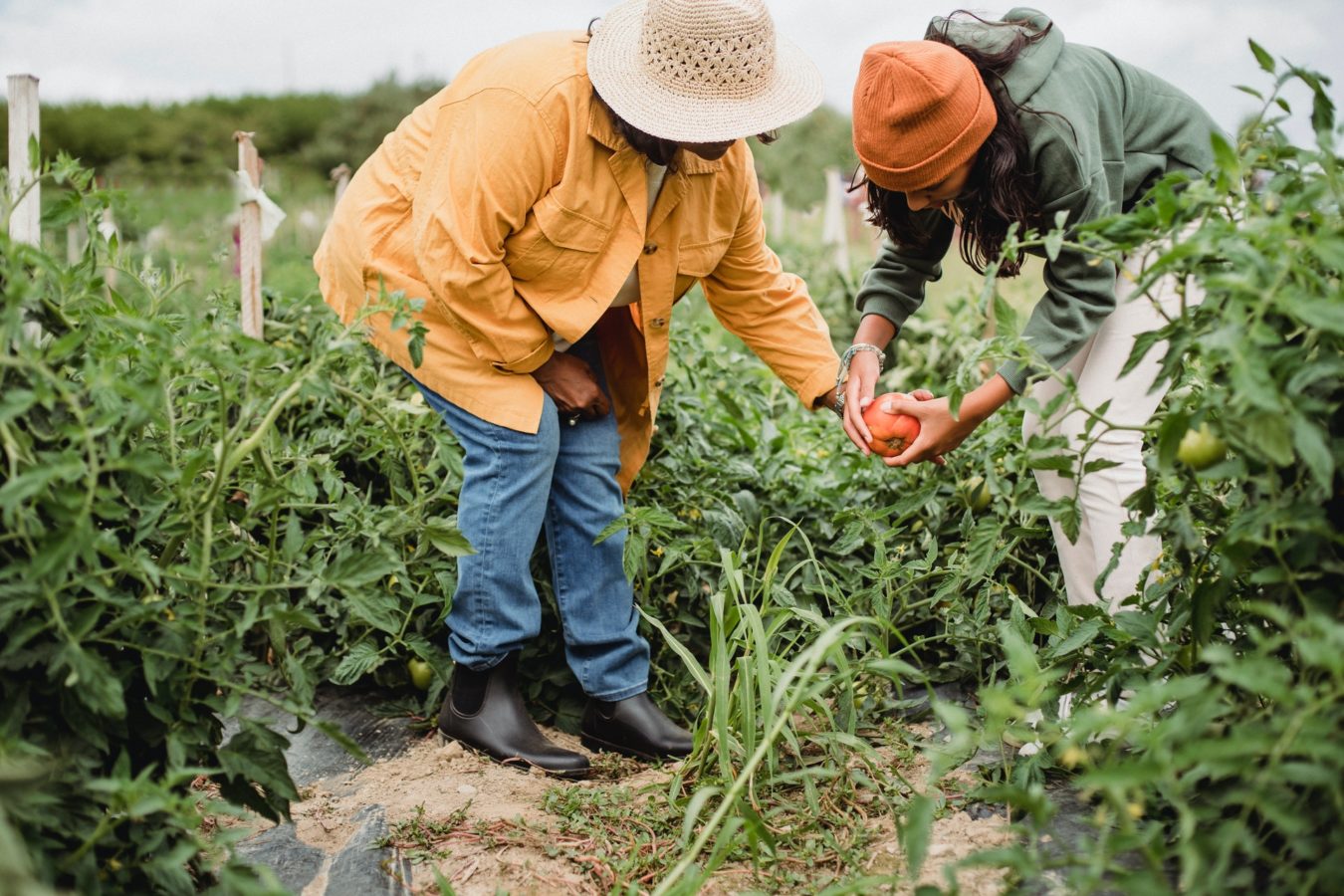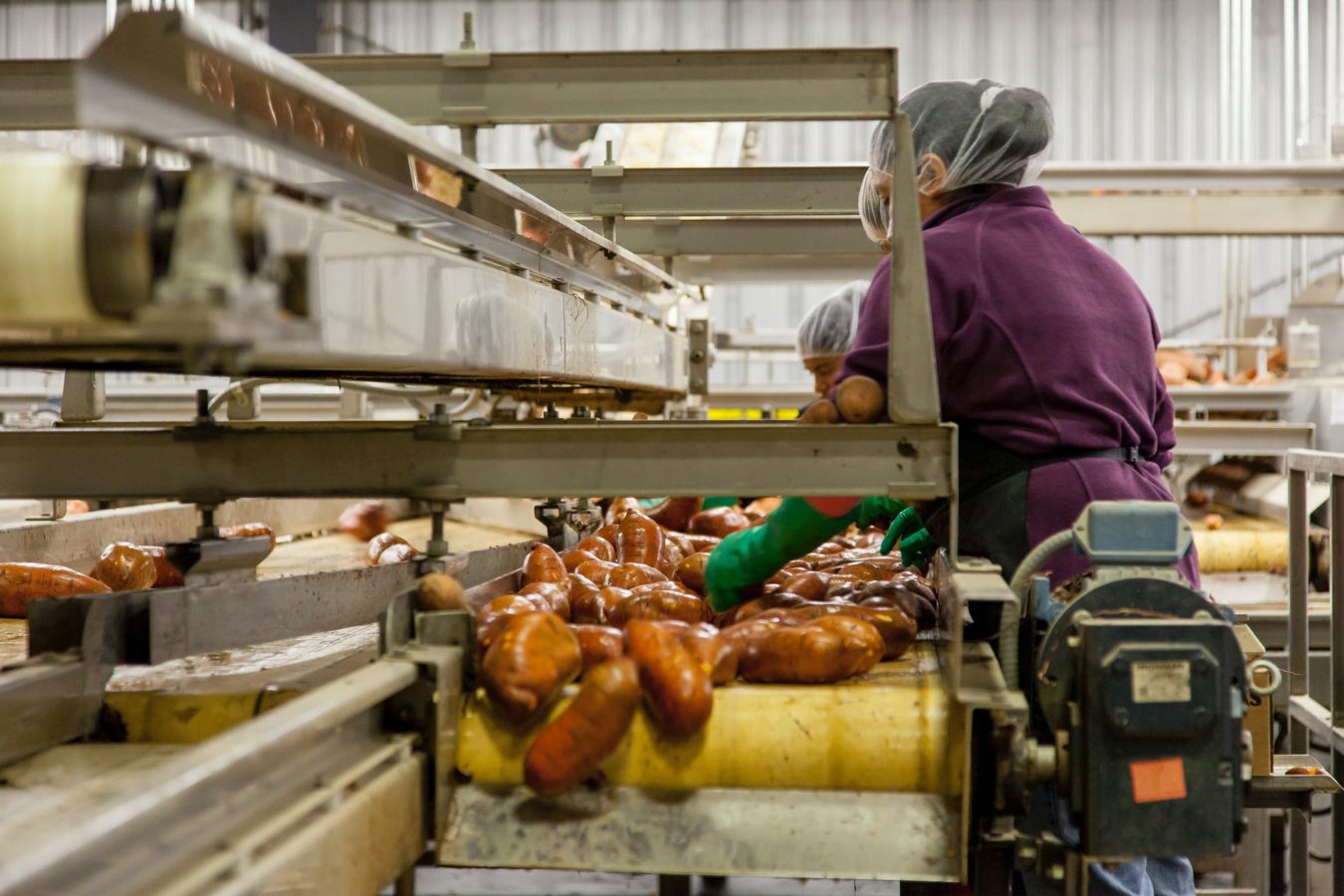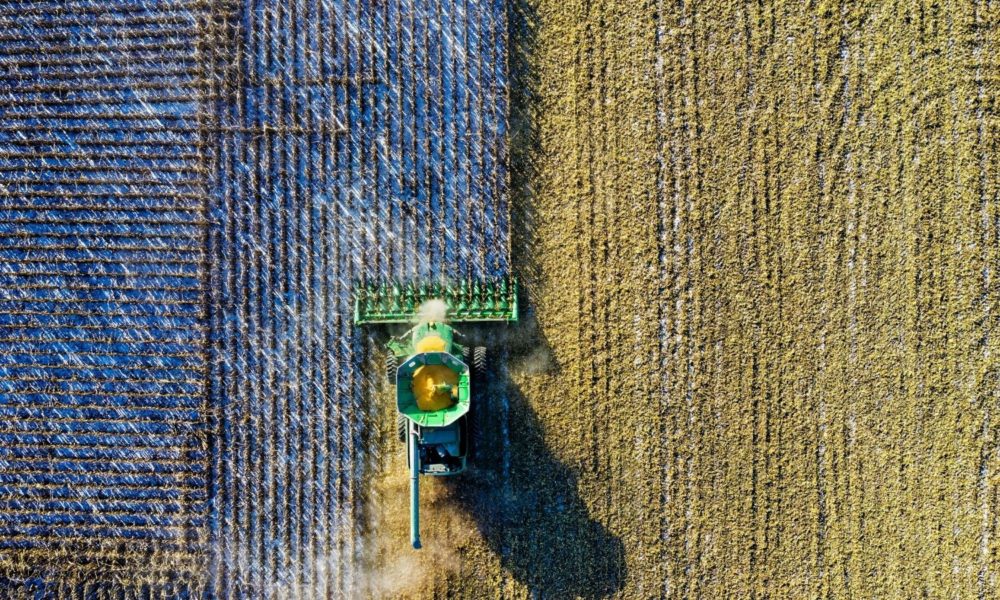In a press conference in early March, Secretary of Agriculture Tom Vilsack made a subtle but significant shift in the language used to describe the department’s approach to fighting hunger and promoting health.
“It’s very easy to talk in this country about food insecurity,” Vilsack said. “But I think there’s a much larger problem we have to confront, which is not only food insecurity but nutrition insecurity.”
What’s the difference—and how might it affect policy decisions for years to come?
When it comes to food, quantity and quality matter
Food security, as defined by the US Department of Agriculture, means “access by all people at all times to enough food for a healthy, active life.” Since the early 1990s the USDA has been researching and reporting on food security, including the extent, severity, and causes of food insecurity in the US.
Nutrition security, by contrast, has been defined by the USDA as “a situation that exists when all people, at all times, have physical, social, and economic access to sufficient, safe, and nutritious food that meets their dietary needs and food preferences for an active and healthy life.” In other words, it’s also about the quality, not just the quantity, of food. Importantly, this definition also elevates the role of the social and economic factors that can impact a person’s ability to meet their dietary needs and preferences. For these reasons, many leading health and nutrition experts agree that nutrition security should be prioritized by federal nutrition policies and programs.
Yet this definition of nutrition security also has a fatal flaw: it fails to account for the sustainability of the food system, and therefore our ability to achieve nutrition security for future generations. As the COVID-19 pandemic has made painfully clear, our current food system is far from foolproof. On the contrary, it relies on routine exploitation of food and farm workers, heavy use of fossil fuels and chemicals that pollute the environment, and degradation of soil and other natural resources that are critical to future food production. At the same time, most people—and in particular many Black, Indigenous, and other People of Color (BIPOC) subject to racism in the food system and beyond—remain unable to access a healthy diet.
Absent significant changes, such a system will continue to keep healthy diets out of reach for most people. Put simply, nutrition security needs sustainable food systems.
So how should the Biden USDA define ”nutrition security”? And what steps can the administration take to move the country toward this vision now?

Nutrition security is not a new idea
Despite the attention Secretary Vilsack’s new nutrition narrative received, this concept isn’t new. What’s more, it has long been rooted in systems thinking.
In fact, as early as the 1990s, international researchers and policymakers were talking about nutrition security and drawing connections to agricultural and farming systems. Recently, the FAO High Level Panel of Experts on Food Security and Nutrition again underscored the importance of advancing both food security and nutrition to achieve 2030 Sustainable Development Goals, identifying an urgent need to “prioritize the right to food, to widen our understanding of food security and to adopt a food systems analytical and policy framework.”
Even prior US administrations have embraced this concept. In a 2017 blog, then-Director of the National Institute of Food and Agriculture Dr. Sonny Ramaswamy offered the above definition of nutrition security and identified the ways in which nutrition security is dramatically influenced by larger social and environmental factors, including income and food affordability, climate change, and degradation of natural resources.
In his press conference earlier this year, Secretary Vilsack himself gave a nod to food systems, calling on his department to “begin the process of transforming our food system.” Though sustainability has never been fully integrated into food or nutrition security efforts at the USDA—and Vilsack may seem an unlikely champion of the cause—this could signal a step in the right direction.
The USDA can redefine nutrition security for a healthy food future
For all people to have physical, social, and economic access to sufficient, safe, and nutritious food at all times—including in the near- and long-term future—federal policies must be grounded in a more comprehensive understanding of nutrition security.
With that in mind, we propose an expanded definition of nutrition security that incorporates critical factors that shape the long-term sustainability of our food systems (our additions in italics):
Nutrition security exists when all people, at all times, have physical, social, and economic access to sufficient, safe, and nutritious food that is produced without exploitation of labor or natural resources; facilitates food sovereignty through equitable economic opportunity and engagement in the food economy; and meets cultural and dietary needs and food preferences for active and healthy lifestyles.
Achieving this form of nutrition security will require, among other things:
- A systems approach to nutrition research and policy action that addresses the complex relationships between agriculture, food, and health; respects cultural and community knowledge, norms, practices, skills, and values; and reflects leadership by BIPOC health and nutrition professionals.
- Explicit recognition and redress of systemic racism embedded in the US food system, including the appropriation of labor, land and capital from BIPOC; exploitation of farm and food workers, many of whom are immigrants, routinely denied fair pay and health and safety protections; and the legacy of slavery and plantation economics that persist in many forms, as in the case of prison labor.
- Reversal of consolidation trends in food production and processing, including the consolidation of farmland, that concentrate wealth and power, compete with public health goals, and hinder equitable economic opportunity.
- A transition from industrial agricultural systems, characterized by intensive monocultures and use of synthetic fertilizers and pesticides, to agroecological systems based in farming approaches that can work in concert with nature to produce healthy food in ways that benefit the health of farmland, farm workers, farm communities, the environment and the climate.
Without any of these critical components, our food system will remain vulnerable in the face of any number of social, environmental, or economic disruptions and will inevitably fail to support the health and well-being of all populations.

Research and policy can help us move toward nutrition security now
We need science-based policy action to support sustainable food systems that can advance nutrition security, and we don’t have a moment to waste. The costs of public health threats such as climate change and diet-related disease are too high, and the COVID-19 pandemic continues to make clear just how fragile our food systems really are.
Beyond adopting an expanded definition of nutrition security, President Biden and Secretary Vilsack can act quickly by appointing experts to fill key positions at the USDA with jurisdiction over nutrition research and programs, including the under secretary for the Research, Education, and Economics (REE) mission area. They can also heed the calls of leading nutrition and health experts to expand federal funding for nutrition research and improve coordination of nutrition research across departments and agencies. Greater funding and coordination will be particularly important for the interdisciplinary research on agriculture, food, and health that is needed to support evidence-based policy.
Already, new federal regulations and other initiatives referencing nutrition security by name have been set into motion. It is critical that these and future efforts recognize and address the depth and scope of systemic changes required to advance nutrition security, ensuring our food systems can support healthy populations for generations to come.

